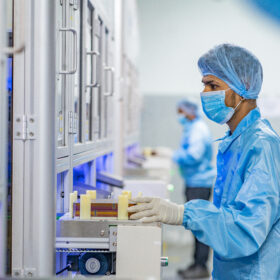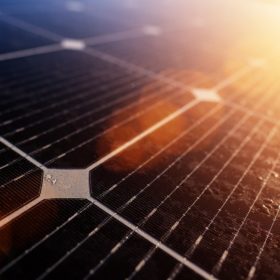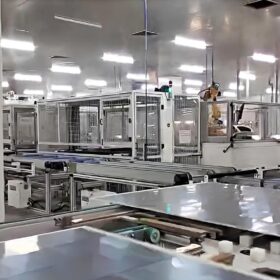A decade ago, few could have imagined the extent to which lithium-ion batteries would power industries beyond consumer electronics. Today, they are indispensable to electric vehicles, smartphones, and energy storage system among others. However, as this sector grows, an underexplored challenge is emerging—the rapid accumulation of end-of-life batteries. These discarded batteries are not just an environmental hazard; they represent an untapped economic and strategic opportunity.
India generates approximately 70,000 metric tons of lithium-ion battery waste annually, a number expected to increase significantly with rising electrification. By 2030, it is estimated that India will have over 600 GWh of deployed lithium-ion batteries, translating into a massive surge in waste. While discussions around battery waste often center on pollution control, the issue extends far beyond that. This is a resource crisis in the making—one that has direct implications for energy security and economic independence.
The world’s hunger for lithium, cobalt, and nickel is growing, yet these resources remain scarce and are concentrated in a few geographies. The Democratic Republic of Congo produces over 70% of the world’s cobalt, while China dominates over 60% of global lithium refining. India, on the other hand, relies heavily on imports, sourcing nearly 75% of its lithium-ion batteries from China. This overdependence makes India vulnerable to supply chain disruptions, price volatility, and geopolitical uncertainties.
Challenges and opportunities
Despite the urgent need for battery recycling, the current technological landscape presents significant challenges. Traditional recycling methods, such as pyrometallurgy, involve high-temperature processes that consume vast amounts of energy and release harmful emissions. Hydrometallurgical methods, while more efficient, generate chemical waste and require substantial water consumption. These inefficiencies highlight the need for innovative, sustainable recycling solutions.
Rather than viewing battery recycling as waste management, it should be reframed as an economic and industrial opportunity. Advanced recycling techniques can recover up to 95% of lithium, cobalt, and nickel, reducing India’s reliance on raw material imports. By integrating recycled materials into battery manufacturing, costs can be lowered, making electric vehicles and energy storage solutions more affordable. A dynamic recycling sector can also generate thousands of jobs in collection, processing, and remanufacturing, driving domestic innovation and economic growth.
Need for policy support
Policy support will be critical in shaping the future of battery recycling in India. The introduction of the Battery Waste Management Rules, 2022, was a step in the right direction, emphasizing Extended Producer Responsibility (EPR) and mandating battery manufacturers to ensure proper recycling. However, stronger enforcement mechanisms and incentives for sustainable recycling technologies are needed to accelerate adoption. Additionally, collaboration between policymakers, battery manufacturers, and recyclers will be key to developing an efficient national battery collection and processing ecosystem.
Investment in research and development will also play a pivotal role. The future lies in designing battery chemistries that are easier to recycle and less dependent on scarce materials. Emerging technologies such as direct recycling, which preserves battery materials in their native form while minimizing energy use, offer promising pathways toward a circular battery economy.
The road ahead
For India to establish a self-sustaining battery ecosystem, a long-term vision is essential. Nations that master the art of recovering and reusing battery materials efficiently will lead the future of energy innovation. India stands at the cusp of this transformation. The question is no longer whether we should invest in battery recycling but how quickly we can scale solutions. Will we wait for a crisis to force our hand, or will we act now to turn waste into wealth, challenge into opportunity, and discarded batteries into a cornerstone of our energy future?
From waste to wealth, crisis to opportunity—the path ahead is clear.
The views and opinions expressed in this article are the author’s own, and do not necessarily reflect those held by pv magazine.
This content is protected by copyright and may not be reused. If you want to cooperate with us and would like to reuse some of our content, please contact: editors@pv-magazine.com.








By submitting this form you agree to pv magazine using your data for the purposes of publishing your comment.
Your personal data will only be disclosed or otherwise transmitted to third parties for the purposes of spam filtering or if this is necessary for technical maintenance of the website. Any other transfer to third parties will not take place unless this is justified on the basis of applicable data protection regulations or if pv magazine is legally obliged to do so.
You may revoke this consent at any time with effect for the future, in which case your personal data will be deleted immediately. Otherwise, your data will be deleted if pv magazine has processed your request or the purpose of data storage is fulfilled.
Further information on data privacy can be found in our Data Protection Policy.